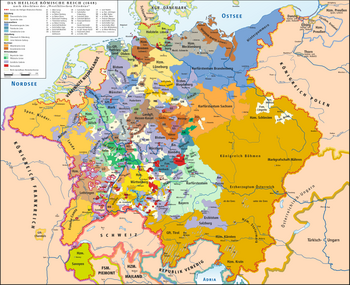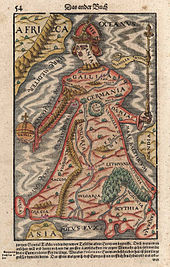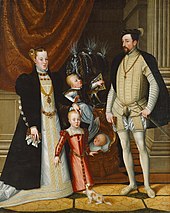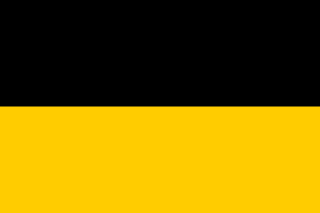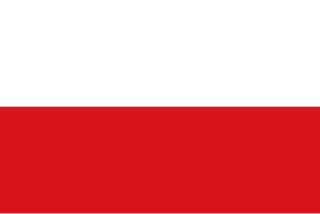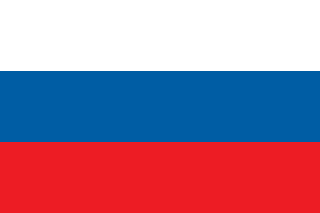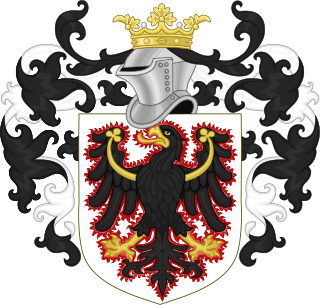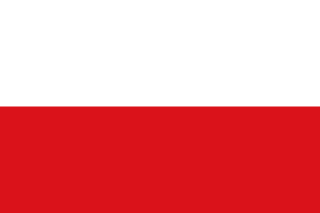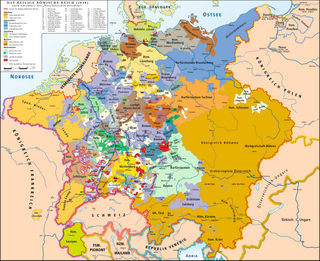Habsburg monarchy | |
|---|---|
| 1282–1918 | |
 The Habsburg monarchy on the eve of the French Revolution, 1789 | |
| Capital | Vienna |
| Religion | Roman Catholicism (official) |
| Government | Monarchy |
| Monarch | |
• 1282–1291 | Rudolf I [a] |
• 1452–1493 | Frederick III [b] |
• 1508–1519 | Maximilian I |
• 1519–1556 | Charles V [c] |
• 1556–1598 | Philip II [d] |
• 1556–1564 | Ferdinand I [e] |
• 1665–1700 | Charles II [f] |
• 1740–1780 | Maria Theresa |
• 1780–1790 | Joseph II |
• 1792–1835 | Francis II [g] |
• 1848–1916 | Franz Joseph |
• 1916–1918 | Charles I [h] |
| Historical era | |
• Established | 1282 |
• Disestablished | 1918 |
The Habsburg monarchy, [i] also known as Habsburg Empire, or Habsburg Realm, [j] was the collection of empires, kingdoms, duchies, counties and other polities that were ruled by the House of Habsburg. From the 18th century it is also referred to as the Austrian monarchy (Latin : Monarchia Austriaca) or the Danubian monarchy. [k] [2]
Contents
- Origins and expansion
- Names
- Territories of the Habsburg Monarchy
- Characteristics
- Other lines
- Rulers, 1508–1918
- House of Habsburg
- House of Habsburg-Lorraine
- Family tree
- In literature
- Male-line family tree
- See also
- References
- Notes
- Citations
- Sources
- Further reading
- External links
The history of the Habsburg monarchy can be traced back to the election of Rudolf I as King of Germany in 1273 [2] and his acquisition of the Duchy of Austria for the Habsburgs in 1282. In 1482, Maximilian I acquired the Netherlands through marriage. Both realms passed to his grandson and successor, Charles V, who also inherited the Spanish throne and its colonial possessions, and thus came to rule the Habsburg empire at its greatest territorial extent. The abdication of Charles V in 1556 led to a division within the dynasty between his son Philip II of Spain and his brother Ferdinand I, who had served as his lieutenant and the elected king of Hungary, Croatia and Bohemia. The Spanish branch (which held all of Iberia, the Netherlands, and lands in Italy) became extinct in 1700. The Austrian branch (which ruled the Holy Roman Empire, Hungary, Bohemia and various other lands) was itself split into different branches in 1564 but reunited 101 years later. It became extinct in the male line in 1740, but continued through the female line as the House of Habsburg-Lorraine.
The Habsburg monarchy was a union of crowns, with only partial shared laws and institutions other than the Habsburg court itself; the provinces were divided in three groups: the Archduchy proper, Inner Austria that included Styria and Carniola, and Further Austria with Tyrol and the Swabian lands. The territorial possessions of the monarchy were thus united only by virtue of a common monarch. The Habsburg realms were unified in 1804 with the formation of the Austrian Empire and later split in two with the Austro-Hungarian Compromise of 1867. The monarchy began to fracture in the face of inevitable defeat during the final years of World War I and ultimately disbanded with the proclamation of the Republic of German-Austria and the First Hungarian Republic in late 1918. [3] [4]
In historiography, the terms "Austria" or "Austrians" are frequently used as shorthand for the Habsburg monarchy since the 18th century. From 1438 to 1806, the rulers of the House of Habsburg almost continuously reigned as Holy Roman Emperors. However, the realms of the Holy Roman Empire were mostly self-governing and are thus not considered to have been part of the Habsburg monarchy. Hence, the Habsburg monarchy (of the Austrian branch) is often called "Austria" by metonymy. Around 1700, the Latin term monarchia austriaca came into use as a term of convenience. [5] Within the empire alone, the vast possessions included the original Hereditary Lands, the Erblande , from before 1526; the Lands of the Bohemian Crown; the formerly Spanish Austrian Netherlands from 1714 until 1794; and some fiefs in Imperial Italy. Outside the empire, they encompassed all the Kingdom of Hungary as well as conquests made at the expense of the Ottoman Empire. The dynastic capital was Vienna, except from 1583 to 1611, when it was in Prague. [6]



